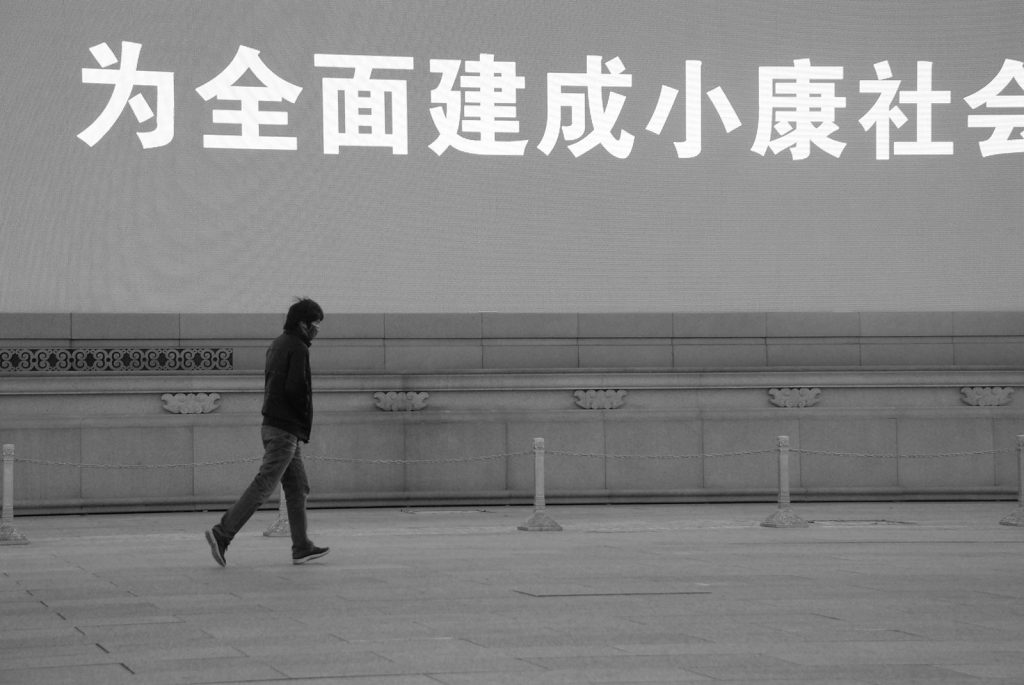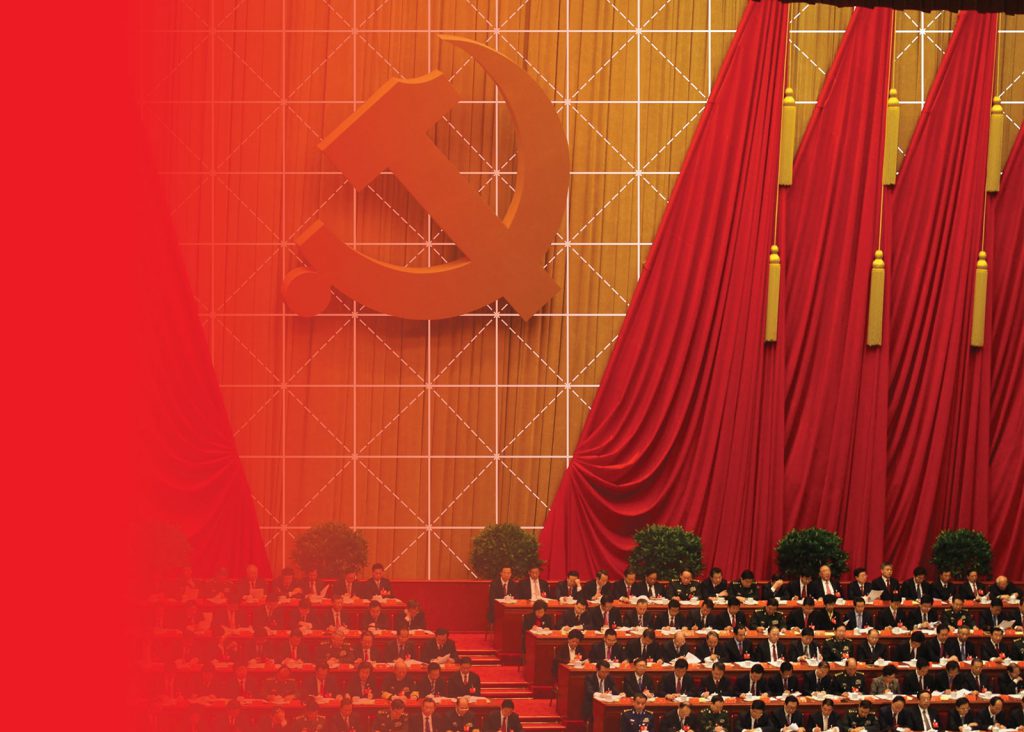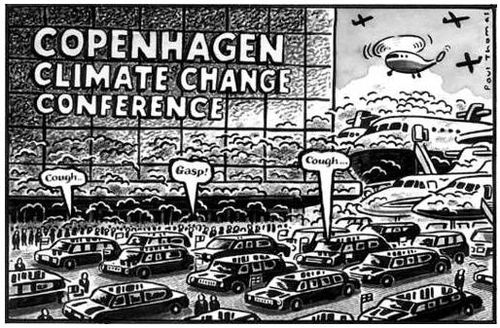WITH GREAT FANFARE BUT FEW SURPRISES, the Chinese government launched its Thirteenth Five-Year Plan at the March 2016 annual plenary session of the National People’s Congress, China’s national parliament. Since 1953, five-year plans, a Soviet-style planning tool, have laid out China’s major economic development objectives, as well as setting out the indicators of social and cultural progress that define the nation’s priorities for development. The 2016 plan was two years in the making. In line with the new look of Chinese propaganda, it was accompanied by a social media storm aimed at both domestic and international audiences. This included an animated musical video on YouTube featuring two Americans proudly making fun of their accent in Chinese while elaborating on the goals of the plan in song. As always, China used the plan to tell a new story about itself — but this time with popular appeal.
Does China Need a Five-Year Plan?
Comprehensive, relentless planning is at the core of a Soviet-style socialist economy. It took the USSR a decade after the October Revolution to launch its first Five-Year Plan — a three-volume, 17,000-page document in which the central planning agency, Gosplan, elaborated all of its economic targets for the period between 1928 and 1933. It aimed to boost industrialisation to the point where the USSR would be able to compete with — and eventually fight — the West. This Plan produced results similar to that of China’s first plan: the rapid collectivisation of agriculture, nationalisation of all industry, and even the great famine that hit Russia at the end in 1932–1933, which, like China’s famine of 1958–1962, was partly as a consequence of the overzealous application of agricultural and other targets by local cadres.
Five years was considered long enough to allow for the construction of factories and other infrastructure, and to average out good and bad harvests in the agricultural cycle. At the same time, it was not so long as to endanger the state’s capacity to steer the economy through unexpected turbulence, adjust targets as necessary, and introduce corrections to the structural aspects of economic development — in other words, to adapt flexibly to changing circumstances. Despite the shortening of production cycles in more recent times, the ancient Roman concept of lustrum (the five years between censuses) still holds its ground today as the ideal planning period. Mikhail Gorbachev oversaw the preparation of the USSR’s Twelfth and Thirteenth Five-Year Plans, although the latter was rendered irrelevant by the demise of the USSR in 1991.
Non-socialist countries have also adopted such plans, particularly where economic development is taken to be crucial to nation building: India is currently seeing through its Twelfth Five-Year Plan while Turkey has enacted ten five-year plans so far. Even Adolf Hitler decided to emulate what he considered the Soviets’ ‘grand plan’ and launched his very own Four-Year Plan in 1936, to prepare Germany for war.
China shows no sign of abandoning the practice of five-year plans. In recent years, however, the nature of the plans has changed along with China’s evolving economy. Earlier plans provided rigid targets for a developing economy dominated by agriculture and industry — one which, with the nationalisation of industry in 1956 and the collectivisation of the agriculture around the same time, had become the responsibility of the state alone. With the end of the Maoist era, the expansion of the market economy, the growth of consumer and services sectors, and the opening of Chinese stock markets, plans necessarily became increasingly complex and long term in their conception. The Fifth Five-Year Plan (1976–1980) and the Sixth Five-Year Plan (1981–1985), for example, were bundled into one ten-year development plan; these were also the first to acknowledge that the over-ambitious (and ideologically motivated) production targets set during the Great Leap Forward 大跃进 (1958) and the Cultural Revolution 文化大革命 (1966–1976) were unachievable.
In more recent times, five-year plans have reflected how the greater role of the market in the national economy has made it harder and less crucial for the government to set hard targets. Since 2011, moreover, the term guihua 规划 has unceremoniously replaced the traditional word for ‘plan’ jihua 计划. While both translate as planning, the original expression implied the setting of targets (ji also means count, compute, number), while the latter indicates the desire to guide (gui means regulate) and is used to indicate a more strategic and co-ordinated art of planning (as in urban planning). Yet under either name, the continued, regular recurrence of the five-year plan also reflects the lasting need for a scientific and rational way to govern or control the economy. Today, five-year plans are no longer about setting unachievable grain or steel output targets of the sort that contributed to the Great Leap Forward’s economic waste and led eventually to a nationwide famine. They are, rather, about aspirational targets: ‘innovation’, for example.
As it does with all of its major, central documents, the Party-state has woven a powerful and unequivocal narrative through the pages of this latest Plan. The narrative today is of a modern, green, innovative nation where increasingly well-educated young Chinese are going to transform the country from a ‘copycat nation’ into a well-funded and advanced hub for the production of the world’s most important commodity: original ideas. This narrative suggests that China is leaving behind the kind of labour-intensive self-exploitation that produced its first industrial boom. Instead, it is devoting itself to colonising a much more rewarding section of the global economy, where some of its firms are already playing a primary role (for example in e-commerce and wind energy production, where China leads the world). The innovation drive central to the new Plan could, according to McKinsey & Company, contribute up to one quarter of China’s GDP growth between now and 2025. By that time, China may, have ‘evolved from an “innovation sponge”, absorbing and adapting existing technology and knowledge from around the world, into a global innovation leader’.
What is Planning?
Originally, the State Planning Commission 国家计划委员会 and later the State Development Planning Commission 国家发展和计划委员会 were responsible for drafting the Plan. Since 2003, the new National Development and Reform Commission (NDRC) 国家发展和改革委员会 is in charge of drafting the Plan, despite the fact that its name doesn’t even include the word ‘planning’.
The NDRC’s army of researchers typically consults with academics and scientists for two years before drafting the national blueprint. It also solicits comments from the public, including through a forum on WeChat. While the capacity of individual citizens to influence the process is minuscule, the consultation allows the government to gather important information about public attitudes.
Today, state-owned enterprises (SOEs) produce around twenty-five percent of China’s GDP. Most of the investment in China’s economy comes from independent or semi-independent players and overseas investment, making it dependent on and responsive to market conditions in China and abroad. This raises the question: What is the point of central economic planning? Part of the answer lies in the fact that today, the stress is not on production targets but priorities for state investment. Recent plans have included both compulsory and aspirational targets and suggested ways in which they can be achieved.
The Thirteenth Plan, for example, commits to a greener China, with many of its thirty-three listed objectives relating to environmental protection and controls (see ‘The Thirteenth Five-Year Plan’). The production of energy, which is the subject of a specific sub-plan, commits to a reduction of carbon dioxide emissions by a full forty-eight percent by 2020 from its 2005 figures — higher than the Copenhagen pledge — which would put China at the forefront of moves towards a low-carbon global economy
Despite the ongoing rise of China’s private economy, the state is still in a privileged position to activate economic levers. Not only does it exercise direct control over one quarter of the nation’s economic output, but it also has the power to allocate and regulate important assets such as land. The state owns all land in China, and it also exercises significant control over the financial markets through ownership of the four major banks. The remaining SOEs are quasi-monopolistic companies with almost unlimited reach into such crucial sectors as energy, transport, and infrastructure building. It is wrong to think that just because the private economy has outgrown the public sector, the state has lost or abandoned control over the economy.
The state still also directly controls education, and funds most academic and scientific research. Through these means it is increasingly betting on the creation of an ideas- and innovation-based economy. Investment in research and development (R&D) has grown steadily, even if there is not yet a concomitant increase in high-quality patents. A recent article in the journal Nature showed that despite Chinese investment in R&D already reaching two percent of GDP (higher than that of the European Union and behind only the US), only five percent of that investment goes to basic science, compared to experimental and applied research. Also, while the total number of researchers in China surpasses that of the US and is second only to the total of the twenty-eight EU countries, in per capita terms China still has only two researchers per thousand people, versus eight in the US. Its scientific publications, while gaining influence in the last decade, are still under the world average in terms of impact (measured in the frequency of citations of scientific articles in a particular year).
Since the late 1990s, the government has committed to building ‘world-class universities’. Much of the public funding for universities and tertiary-sector research has gone to a small group of elite schools that lobbied the government from the start. The investment paid off: in 2016, three of the best-funded Chinese universities (Tsinghua, Peking, and Fudan) entered the top fifty of the influential QS World University Rankings.
While the latest Five-Year Plan promises universities greater autonomy and internationalisation, it also allows the government to prioritise scientific disciplines or institutions in parts of the country that struggle to produce, retain, and attract academic talent, such as some of the central and western provinces. But a top-down approach to funding has proven less efficient than innovation that comes from the grassroots. The risk remains that where a notoriously inefficient and predatory bureaucratic system is in charge of directing research funding, the money will not go to the most interesting, effective or innovative projects.

Electronic billboard, Tiananmen Square: ‘Build a moderately wealthy society for all’
Photo: Henry.LI, Flickr
Insofar as the Thirteenth Five-Year Plan is a narrative, it would be tempting to dismiss it as just another expensive expression of a bankrupt ideology. Yet the Plan allows the CCP to present its role as ruling in the name of rationality and science. The emphasis in the Plan on building a ‘moderately wealthy’ society 小康 — an expression first used by Deng Xiaoping — and its explicit commitment to ‘putting people first’ 以人为本 paints the image of a caring state rather than a powerful and infallible one, more interested in improving living conditions and the economy through rational means than hard targets: it is moving, you could say, from a command economy to an ‘urge’ economy.
The Plan also addresses rising collective anxiety over the state of the environment (now ahead of corruption in the ranking of public concerns). This anxiety affects the decisions of the growing middle classes, upon whose creativity and commitment the innovation economy greatly relies — will they, for example, send their children abroad or can they be persuaded to stay and invest in China’s future? The Plan responds both to a structural demand of the Chinese economy, no longer able to choose between growth and environment, and to the demands for action by Chinese citizens.
By setting the country’s economic growth target at (for post-Mao China) a relatively low 6.5 percent, the Plan signals the state’s understanding that it needs to adopt a more ‘coordinated’ and ‘inclusive’ (both buzzwords of the new Plan) path to growth.
The Best Laid Plans
Economic planning is still about governing the future, but today’s economic plan is telling a very different China story from plans of the past. In the latest Plan, a new ‘scientific’ language emerges to replace that of socialist ideology, with its declining credibility and reach. Whereas the plan for the Great Leap Forward, for example, demanded that China quadruple industrial and agricultural production so that the country would hasten towards a utopian future of communist abundance, the new Plan tells a more sober, but no less ambitious story of equality, autonomy, modernity, and globalisation, in which the state still plays the key role. Under the new Plan, poverty will be eliminated, the air cleaned, universities globalised, officialdom cleansed of corruption, farmers professionalised, rights respected, health guaranteed, social services improved, transport rationalised, access to education increased, cities expanded and made more liveable, and defence strengthened.
These are all goals that could figure proudly in the programs of both progressive and conservative political parties around the world. Yet they are also goals that require what may well be a painful transformation of China’s political process in the direction of genuine accountability, so that the supervisor and the supervised, as well as the polluter and the pollution monitor, are no longer the same entity.
Even if the planned economy is no longer with us, planning in China is here to stay. But its nature is evolving — and the way in which it is changing, as much as its specific content, provide a once-a-lustrum insight into the continual reshaping of the China story itself.
Notes
The animated video of the Thirteenth Five-Year Plan can be seen at: https://www.youtube.com/watch?v=LhLrHCKMqyM
Erik Roth, Jeongmin Seong, and Jonathan Woetzel, ‘Gauging the strength of Chinese innovation’, McKinsey Quarterly, October 2015, online at: http://www.mckinsey.com/business-functions/strategy-and-corporate-finance/our-insights/gauging-the-strength-of-chinese-innovation
Richard Van Noorden, ‘China by the numbers’, Nature, vol.534, issue 7608 (23 June 2016), online at: http://www.nature.com/news/china-by-the-numbers-1.20122









